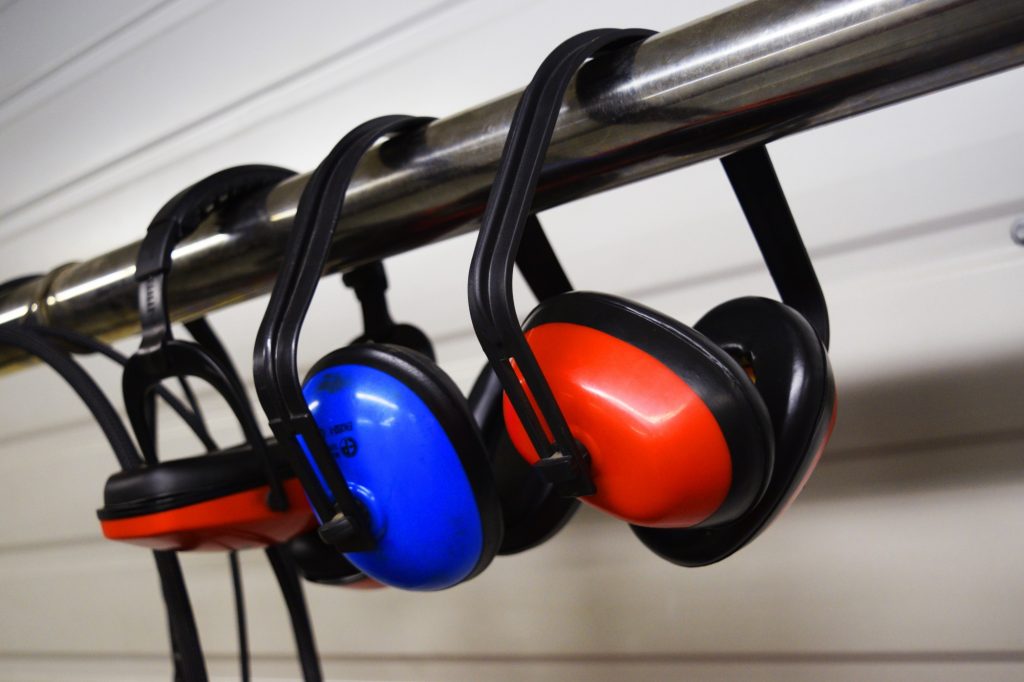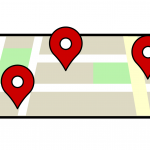7 Key Ways to Reduce Noise in Your Open Office Building
The global market size for sound masking systems currently stands at $1 million and will rise to $2 million in the next five years. This is due to the rise in awareness of the need to achieve both office freedom and balance that respects privacy.
You can have a staff member who is working on production and needs to hear their production loud, while another only wants to work from a quiet place.
There’s nothing worse than a noisy office when you’re trying to work in silence.
Keep reading for 7 key ways to reduce noise in your open floor plans office building.
Ways to Reduce Noise in Your Office Building
There are many ways that we can give that ensure the office spaces have a conducive environment for working. Some workers use noise canceling devices like headphones. But you can provide an atmosphere that will not need someone to seclude themselves.
We have however reduced them to just seven of them that we fill are quite impactful in achieving this goal. The list can be long and any success will depend on your creativity. The importance of sound masking systems can’t be overemphasized in an office setup.
The manner in which you arrange your furniture or which materials you use to reduce noise or the furniture type will guarantee success. As an office manager, ensure you don’t take away staff freedom to converse, interact or even handle some tasks that can be sound generating.
Here are our best seven ways of reducing noise in your office.
1. Type of Furniture
The type of furniture deployed in your office will determine if noise is constrained or works against your wish for a quiet environment. In an open office set-up, you can deploy furniture that absorbs noise like couches and wall partitions. You can also use high backed couches or a half partition made of glass.
This allows your staff to continue working normally, making calls, and have one on one meeting without interfering with the rest of the staff. Some furniture might work on the contrary. These include plastic seats and wooden desks.
2. Acoustic Walls
Acoustic walls have been used to insulate offices for a long time. They allow little or no noise passing through or being reflected across a room. There are several materials used as acoustic wall panels including garment, sponge, and canvass.
There are also many sound dampening materials available in the market you can choose from. If placed well, they provide an atmosphere conducive for working blocking any unnecessary noise.
Though we must admit not many of the wall panels are quite fancy. To improve on this, you can use wallpapers with attractive designs and colors for that aesthetic look.
3. Sound Proof Insulation
There is a big difference between acoustic walls and soundproof insulation. While acoustic walls absorb the sound and noise, it doesn’t hold all of it and some still escape. Sound dampening panels ensures that no sound from outside gets in or voice from inside escapes.
The use of soundproof insulation is common in audio recording studio, boardrooms, and areas that are sensitive to noise. You can use various sound proof insulation materials to achieve maximum success.
4. The Type of Floor
Wooden floors can be noisy. You get to hear your colleagues walking steps far and wide.
To avoid this, you can lay an insulation material on the floor that absorbs most of the step. Thick floor carpets also work as acoustic material and absorb most of the noise produced.
Ceramic tiles and concrete also reduce the movement noise but still require a floor mat or carpet to subdue all the noise.
5. Noise Against Noise
Yes, you can use noise to counter noise. How is this done? When you have a constant pleasing sound in an office, it acts as a buffer zone to ensure the unwanted noise is not felt.
For example, cool instrumental music can reduce your chances of hearing noise from anywhere else.
Some offices also employ the use of natural sounds like a waterfall, rain, or forest sounds. Your staff will feel like they are working in a condo inside the woods. Be keen that the sound you bring in doesn’t act as a nuisance by it being monotonous or too loud.
6. Plants
Plants have been used in offices for a long time to bring an aspect of sound control. Wallcreeper plants are very effective in soundproofing your office. Not only do they act as sound absorbents, but they also bring a natural feel in the office.
However, caution should be taken to ensure that the plants are in good health and that they don’t bring unwanted pests and bugs into the office. Also, some people can have allergic reactions to some plants.
7. Quiet Corner/ Booths
A good office set-up has a special quiet corner where staff can have meetings or where they can have a quiet relaxation. They can be in the form of a closed and insulated office, a booth or office pods.
Office pods give workers a chance to make calls that would have otherwise disrupted their colleagues. They can also have special meetings or finish a task that requires maximum tranquility.
Modern offices have a reverse of this, in which the whole office acts as a quiet place and then there is a special socialization corner or zone. This socialization corner or zone can be quite chatty and workers can brainstorm on anything. Once they go back to the office, the atmosphere changes.
Sound Management in an Office Can Raise Productivity
When you use sound masking systems, the workers feel like they are in a peaceful environment right for working. This brings productivity and out to a very high level as disruptions are kept to the minimal.
There are various ways that ensure that you reduce noise and at the same time it does not limit a worker.
In our blog, we provide different insights on how to manage office business, outlook and general office life. You can review more of our articles and learn about different modes of ensuring a good business environment.





